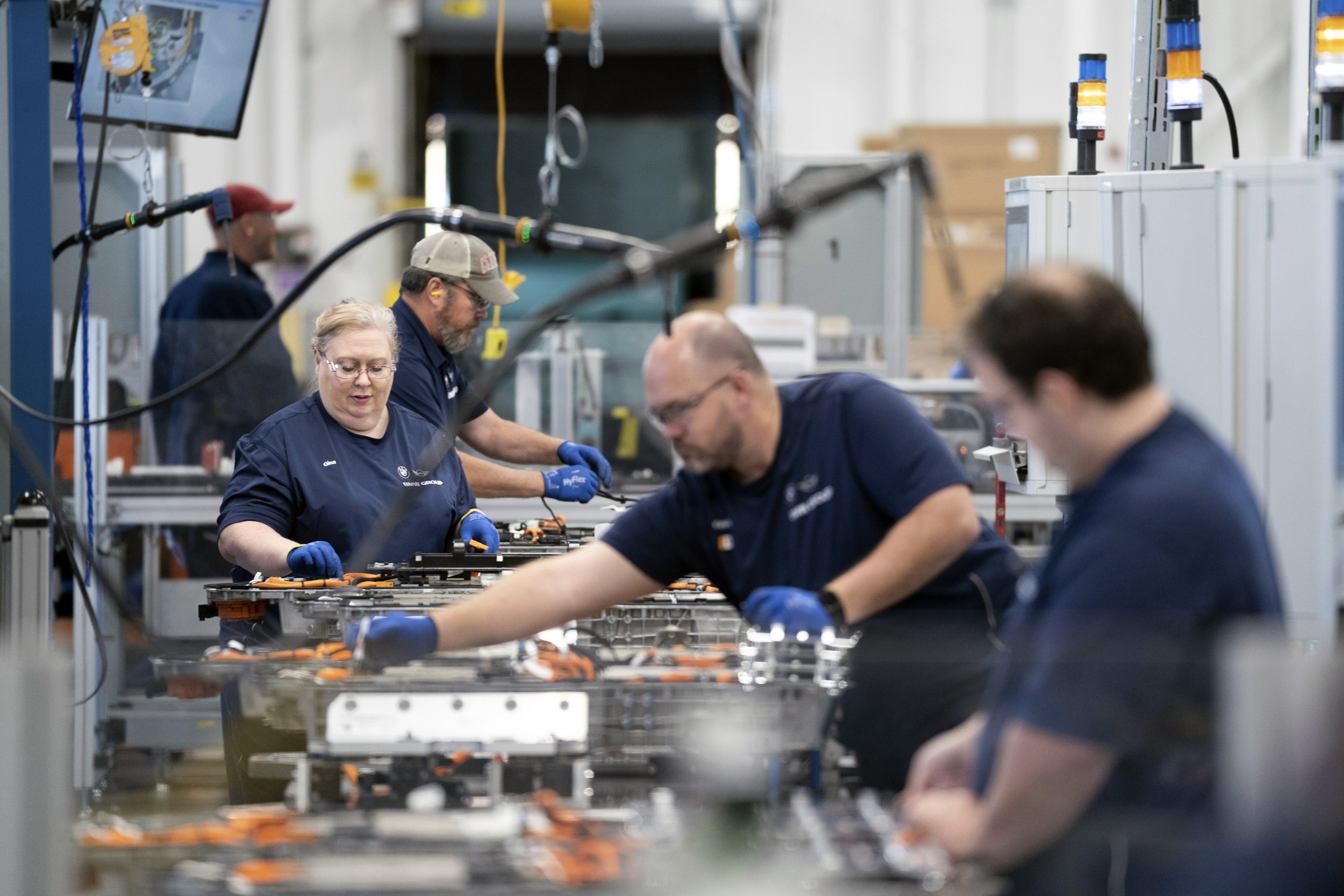US adds 227K jobs in November bounce-back

November Jobs Report
The U.S. economy added 227,000 jobs in November, showing a significant bounce-back from October’s sluggish gain of just 36,000 jobs.
The Labor Department’s report on Friday revealed an uptick in the unemployment rate, rising from 4.1 percent in October to 4.2 percent in November. Average hourly wages increased by 0.4 percent month-over-month and four percent year-over-year—both strong gains that outpaced analysts’ projections.
November’s employment report underscored the resilience of the U.S. job market, even while it continues to cool from the explosive hiring surge seen during the 2021-2023 post-pandemic recovery. The slowdown reflects, in part, the affect of elevated interest rates introduced by the Federal Reserve as part of its effort to curb inflation.
The Federal Reserve raised interest rates 11 times across 2022 and 2023, yet the economy defied expectations by continuing to grow despite the increased borrowing costs for consumers and businesses. However, since the start of the year, the job market has begun to show signs of slowing.
AP Photo/Sean Rayford/AP Photo/Sean Rayford
What Is the Current State of the Job Market?
Thomas Simons, a U.S. economist at Jefferies, noted in a commentary that the rebound from October’s strikes and hurricanes likely added about 60,000 jobs to November’s payrolls. He suggested this indicates a labor market robust enough to accommodate most jobseekers without stoking concerns about rising inflation.
Manufacturing gained 22,000 jobs in November, buoyed by the resolution of strikes at Boeing and other companies. Health care saw an uptick with 54,000 new positions, while government agencies added 33,000 jobs, and bars and restaurants contributed 29,000. In contrast, the retail sector struggled, cutting 28,000 jobs over the same period.
Americans Experiencing an Unprecedented Level of Job Security
Government data released this week revealed layoffs dropped to just 1.6 million in October, a figure below the lowest levels recorded in the two decades before the pandemic. Meanwhile, job openings saw a rebound from a three-and-a-half-year low, signaling that businesses remain in search of workers despite the recent slowdown in hiring.
The broader economy has shown remarkable resilience, defying expectations that the Federal Reserve’s steep rate hikes would push the nation into a recession. Despite higher borrowing costs for consumers and businesses, economic growth has persisted, driven by steady consumer spending and ongoing hiring by employers.
The economy expanded at a 2.8 percent annual rate from July through September, supported by robust consumer spending. Over the past nine quarters, annual economic growth has exceeded two percent in eight of them, while inflation has fallen sharply from its June 2022 peak of 9.1 percent to 2.6 percent last month. Yet, persistent frustration over elevated prices under the Biden-Harris administration contributed to voters’ decision last month to return Donald Trump to the White House.
This article includes reporting from The Associated Press
Related
A top recruiter says sports marketing roles are hot right…
Jobs are opening up in the sports industry as teams expand and money flows into the industry.Excel Search &
Public employees and the private job market: Where will fired…
Fired federal workers are looking at what their futures hold. One question that's come up: Can they find similar salaries and benefits in the private sector?
Mortgage and refinance rates today, March 8, 2025: Rates fall…
After two days of increases, mortgage rates are back down again today. According to Zillow, the average 30-year fixed rate has decreased by four basis points t
U.S. economy adds jobs as federal layoffs and rising unemployment…
Julia Coronado: I think it's too early to say that the U.S. is heading to a recession. Certainly, we have seen the U.S. just continue t










